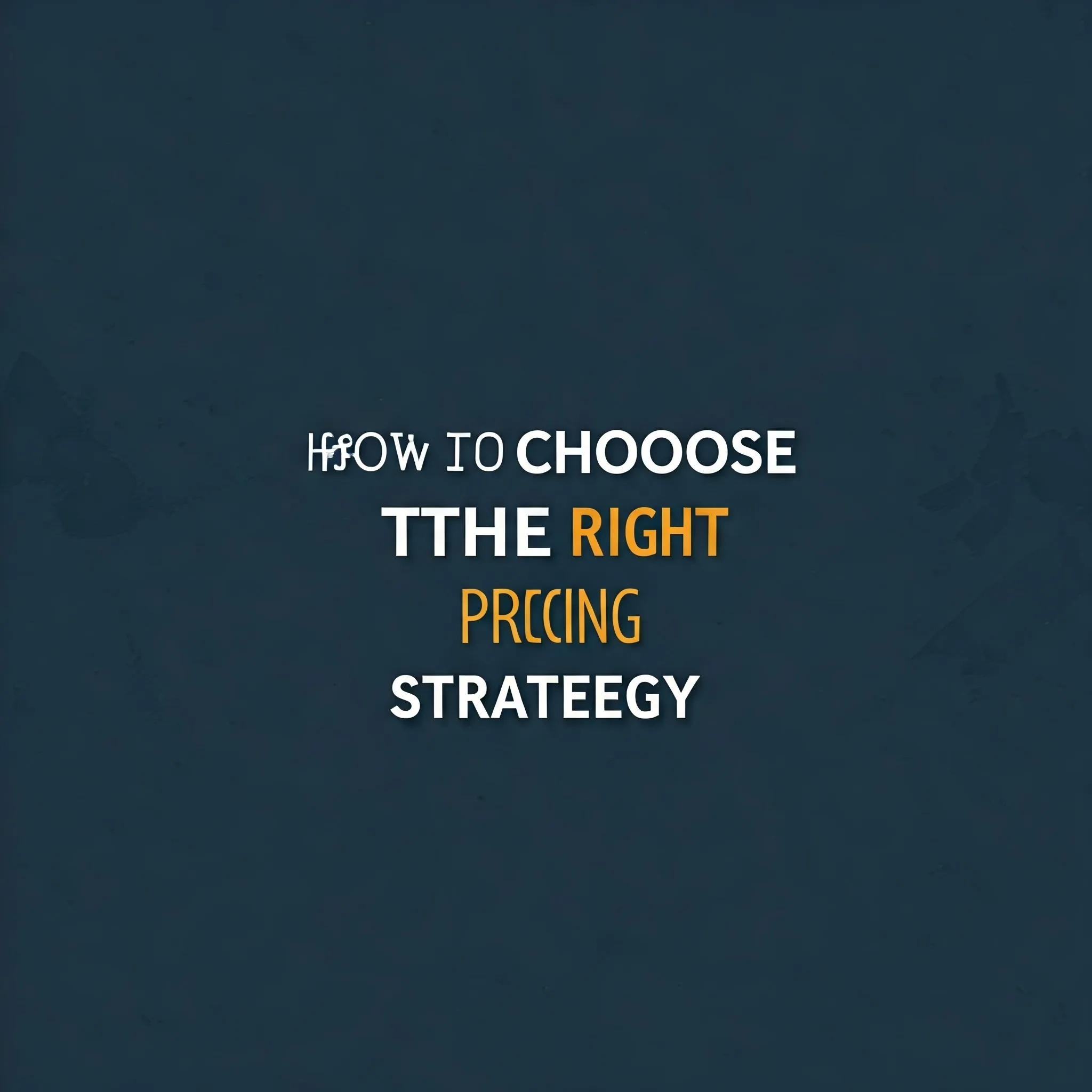
How to Choose the Right Pricing Strategy
Understanding the Foundation
Pricing is not just a number; it's a signal, a strategy, and sometimes, a statement. It conveys your brand’s value proposition while influencing consumer perception. The right pricing strategy can propel your business to new heights, while the wrong one might anchor it to mediocrity.
But here’s the thing: there’s no one-size-fits-all approach. Different businesses, industries, and customer segments demand unique strategies. So, how do you navigate this labyrinth?
Know Your Costs Inside Out
Before you can even think about pricing, you need to understand your costs. Fixed costs, variable costs, and the elusive hidden expenses—these are your starting points. Without this clarity, your pricing could lead to losses, even if sales volumes soar.
Yet, knowing your costs isn’t enough. Why? Because customers don’t care about your costs; they care about the value they receive.
Explore the Market Landscape
What are your competitors charging? Are they focusing on cost leadership or premium pricing? While it’s tempting to undercut competitors, remember that a race to the bottom can erode profitability and devalue your offerings.
Instead, assess the gaps in the market. Is there an underserved niche willing to pay a premium for tailored solutions? Perhaps your product has unique features that justify a higher price point.
Consider Psychological Pricing
Humans are not entirely rational beings. A price tag of $9.99 feels significantly cheaper than $10.00, despite the negligible difference. Tiered pricing—offering basic, standard, and premium options—can also nudge customers toward the middle or higher tiers.
Think about the framing effect. Presenting a discount as “Save $20” versus “20% off” can influence perceived value. It’s not just about numbers; it’s about perception.
Test, Adapt, and Iterate
Even the most meticulously crafted pricing strategy can fail if it doesn’t resonate with your target audience. This is where experimentation comes into play. A/B testing, dynamic pricing, and gathering customer feedback are invaluable tools.
Remember, pricing isn’t static. Market conditions change, competitors evolve, and customer expectations shift. Flexibility is your ally.
Conclusion
Choosing the right pricing strategy is part art, part science, and entirely critical. It requires a deep understanding of your costs, market dynamics, and customer psychology. But above all, it demands agility and a willingness to adapt.
So, whether you’re pricing a revolutionary tech product or a handcrafted artisan good, take the time to analyze, strategize, and refine. Your bottom line—and your customers—will thank you.